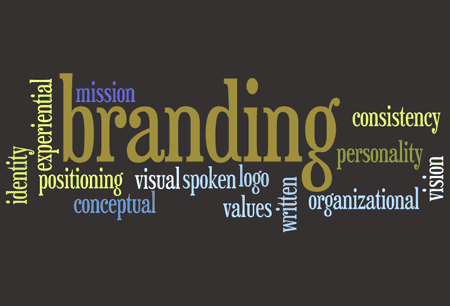Planning & Strategy
Understand the baseline
Undertand objectives, assets, and user needs
Organization: What is your mission?
Website: How will you use your website? What are your organizational objectives? What will you do online to support those objectives?
Audience: What do your audiences want? How will you support their needs using your website?
Surveying Users’ Needs
Research your audience and ask them what THEY want on your site:
- stats analysis
- online surveys
- focus groups
- task analysis
- cognitive walkthroughs
- user scenarios
- personas
Visual Design
Create a visual identity, reflect brand, unify the user experience
Organizational structure ≠ ideal information architecture
The step between envisioning your design and creating it: develop a moodboard (a collage of visual elements that evokes a certain mood)
when “good design” goes wrong
Audience segmentation
The audience matrix = easy way to…
Stay focused on your audiences
give consideration to your own organizational needs
start building user-centric information architecture
ultimately create a design that works with your usability needs
|
Column 1 List audiences |
Column 2 What do they need? |
Column 3 What do you want from them? |
Column 4 Preliminary sitemap ideas |
Testing & Analytics
- Design decisions made not only on aesthetics, but on the speed at which a user can complete a task
- Focus on making people use their computers more efficiently
- Design decisions are driven by cognitive psychology research and A/B testing
- Design standards are captured in a global style guide which requires usable code
Where should you incorporate user testing into the redesign timeline?
How long does it usually last?
How do you implement new design ideas at that point in the process?
Determine your top entry pages and make incremental adjustments
2 environments:
- You have an ongoing presence and you want to see what’s working/what’s not
- Complete site redesign
So process goes like this:
- Audience research
- Document audiences, their needs, your needs
- Develop a sitemap
- Develop wireframes
- Now you can design for all of these site elements
